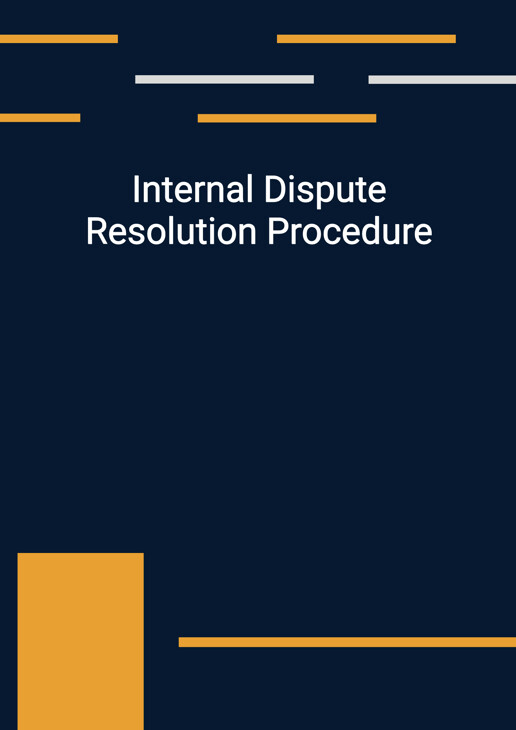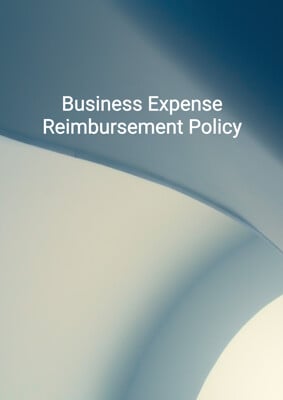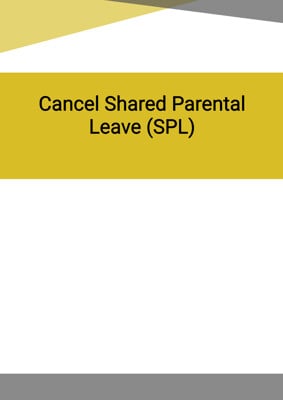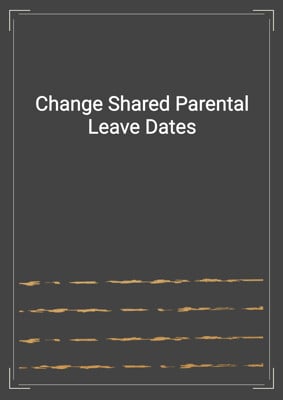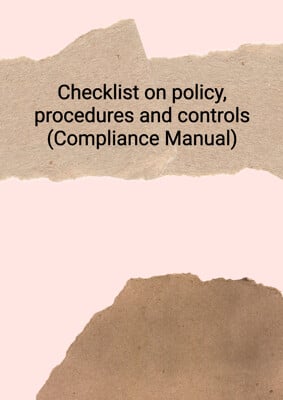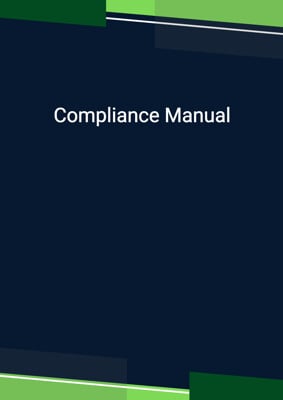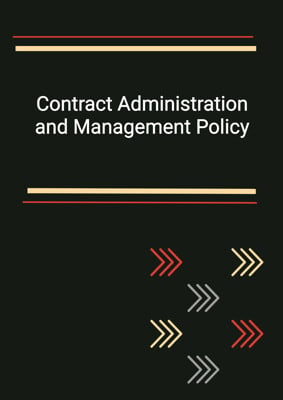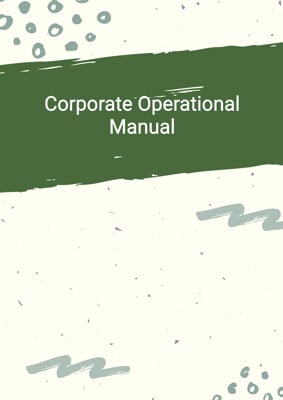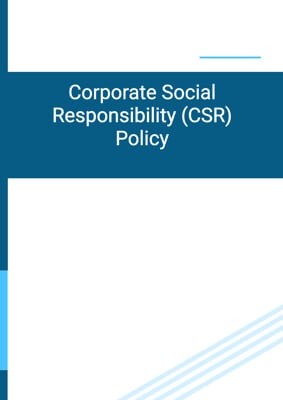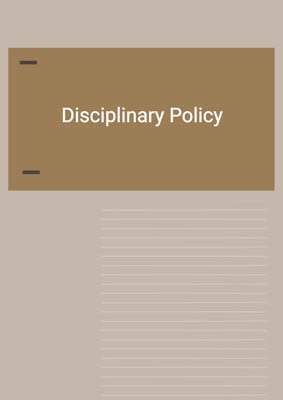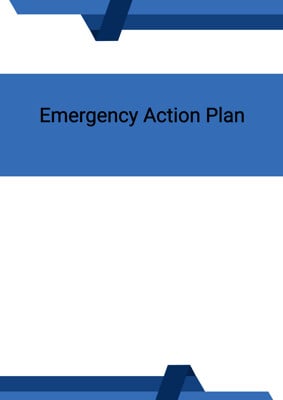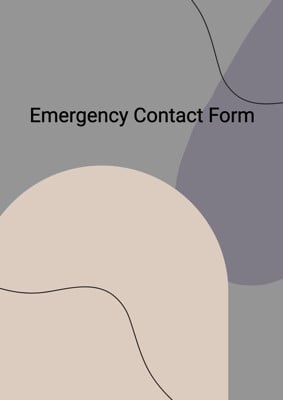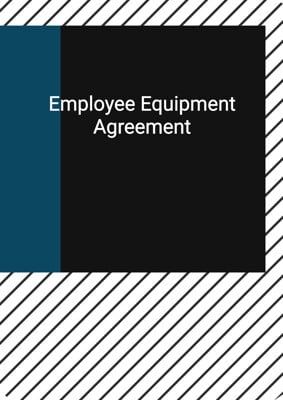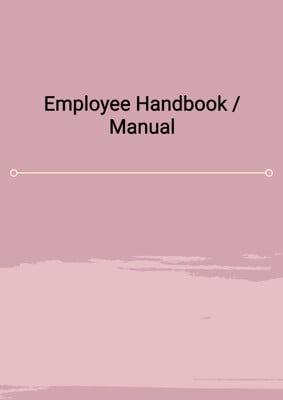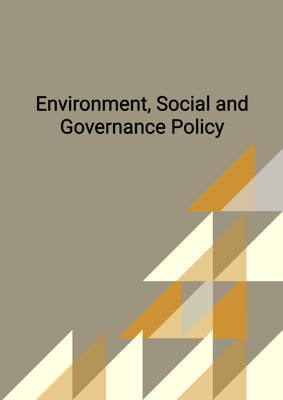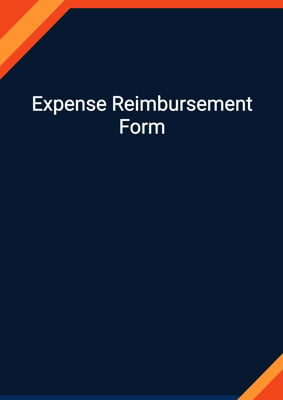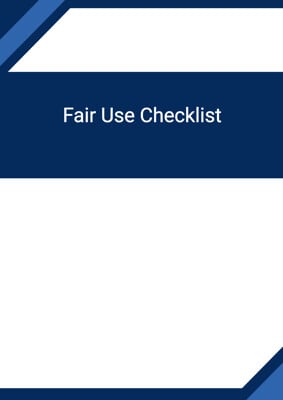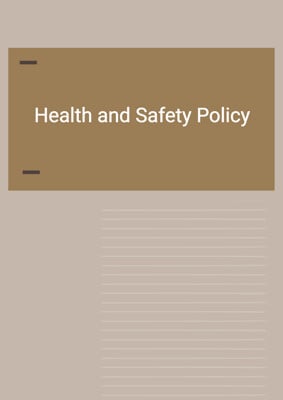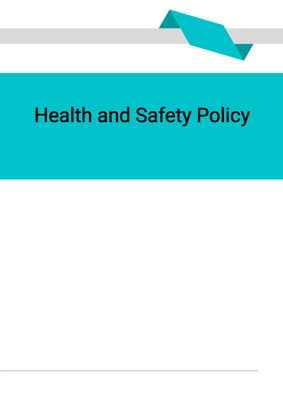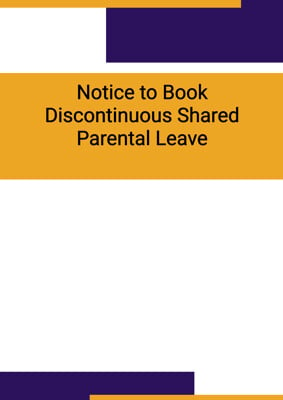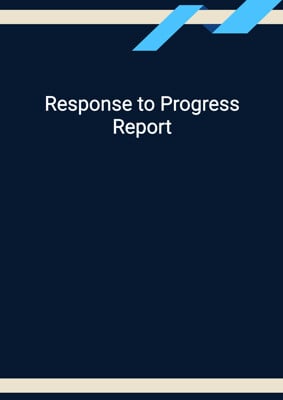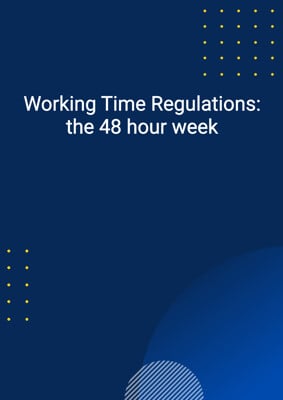How to Tailor the Document for Your Need?
01
Create Document
Click "Create Document" button and the document will be prepared with your account details automatically filled in.
02
Fill Information
Please fill in any additional information by following the step-by-step guide on the left hand side of the preview document and click the "Next" button.
03
Get Document
When you are done, click the "Get Document" button and you can download the document in Word or PDF format.
04
Review Document
Please review the document carefully and make any final modifications to ensure that the details are correct before publication / distribution.
Document Preview
Document Description
The document titled 'Internal Dispute Resolution Procedure' is an important document that outlines the process for resolving concerns or complaints related to matters connected with a scheme. The document begins with a general purpose section, which highlights the objective of the Internal Dispute Resolution Procedure (IRDP) to ensure that all complaints relating to the scheme are treated seriously and considered thoroughly, fairly, and impartially. It encourages individuals to initiate an informal enquiry to resolve any problems quickly and efficiently. However, if the complaint cannot be resolved amicably, the document provides a formal procedure for resolution.
The scope of the document covers various categories of individuals who can make a complaint, including active members of the scheme, those with deferred pensions, recipients of pensions or other benefits from the scheme, widows, widowers, surviving dependants of deceased members, prospective scheme members, members receiving pension credit only, ex-spouses with pension sharing or earmarking orders, and those who fell into any of these categories in the six months before making a complaint.
The document then outlines the procedure for making a formal complaint, which involves two stages. In the first stage, the complainant must make a written complaint within six months of becoming aware of the decision against which the complaint is being made. The complaint should include specific information such as the complainant's full name, address, date of birth, national insurance number, relevant supporting documentation, and the resolution sought. The dispute officer is responsible for reviewing and deciding the complaint within 60 days of receiving it. The decision must be communicated to the complainant in writing within 15 working days after it is made.
If the complainant is not satisfied with the decision at the first stage, they can proceed to the second stage, which involves making an appeal. The appeal must be submitted in writing within six months of receiving the decision under the first stage. The appeal should include the details provided with the initial complaint, a copy of the dispute officer's decision, reasons for making the appeal, and a formal statement requesting reconsideration. The appeal will be independently examined, and a decision will be given in writing within two months of the appeal date.
The document also mentions the role of the Pensions Ombudsman in investigating and determining complaints or disputes of fact or law in relation to a scheme. Contact details for the Pensions Ombudsman are provided.
Overall, the 'Internal Dispute Resolution Procedure' document is a comprehensive guide that ensures complaints related to a scheme are handled effectively and fairly, providing individuals with a clear process for resolution.
How to use this document?
1. Make a complaint: If you have a concern or complaint related to the scheme, make a written complaint within six months of becoming aware of the decision. Include your full name, address, date of birth, national insurance number, and relevant supporting documentation.
2. Decision: The dispute officer will acknowledge receipt of the complaint within five working days and review and decide the complaint. They may conduct an investigation, interview you, and seek advice from professionals. The decision should be communicated to you in writing within 15 working days after it is made.
3. Appeal: If you are not satisfied with the decision at the first stage, you can make an appeal within six months of receiving the decision. Submit the appeal in writing, including the details provided with the initial complaint, a copy of the dispute officer's decision, reasons for the appeal, and a formal statement requesting reconsideration.
4. Decision on appeal: The facts of the case will be independently examined, and a decision will be given in writing within two months of the appeal date. If there is a delay, an interim reply will be sent with the expected date for the decision.
5. Pensions Ombudsman: The document mentions the role of the Pensions Ombudsman in investigating and determining complaints or disputes. Contact details for the Pensions Ombudsman are provided.
Note: It is important to follow the prescribed timelines and provide all necessary information to ensure a smooth resolution process.
Not the right document?
Don’t worry, we have thousands of documents for you to choose from:
